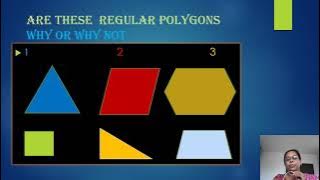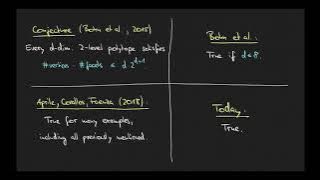Multi-dimensional geometry | Polytopes
Polytope families
There are several families of symmetric polytopes with irreducible symmetry which have a member in more than one dimensionality. These are tabulated here with Petrie polygon projection graphs and Coxeter–Dynkin diagrams. (Wikipedia).



















